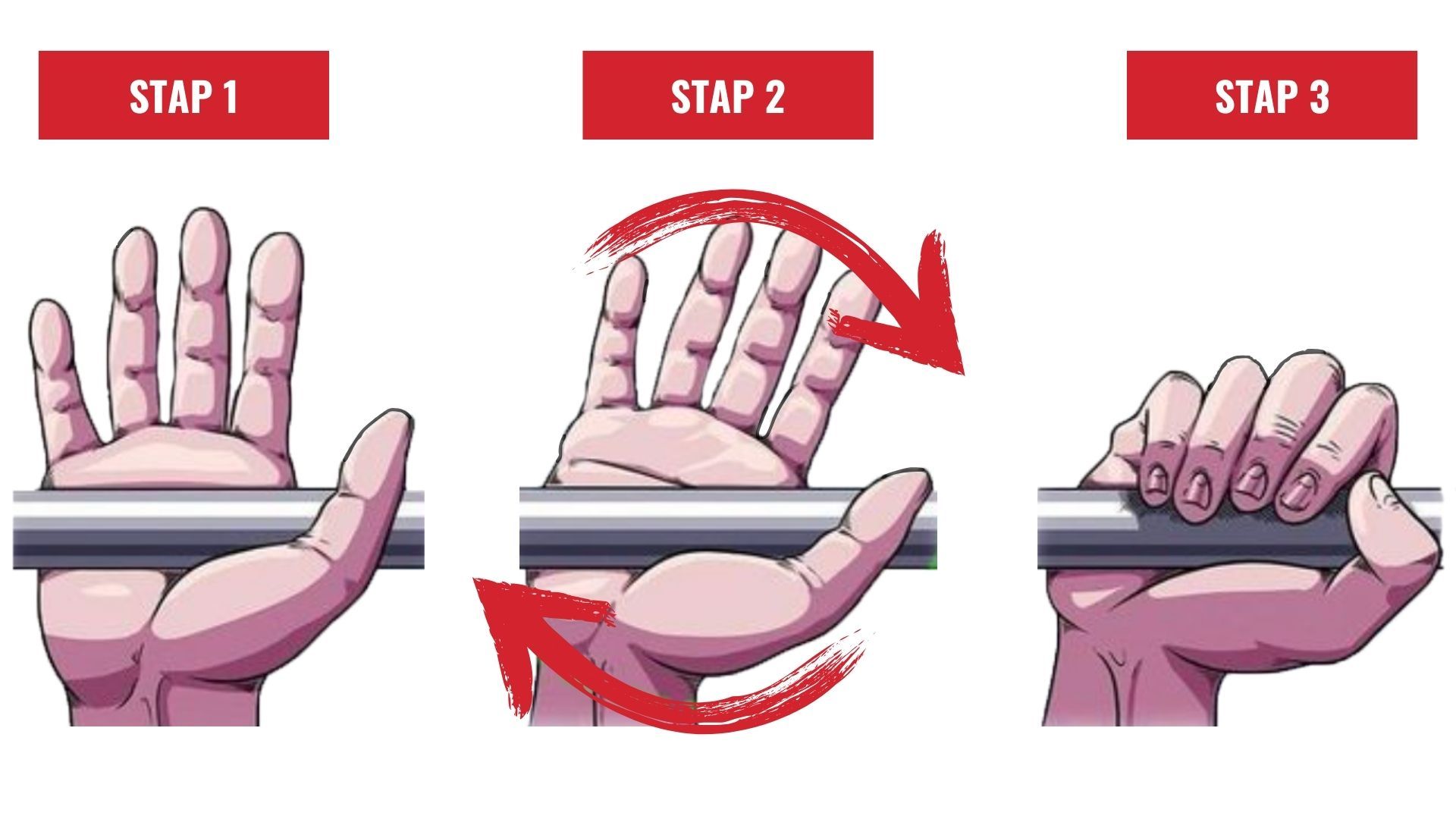
The "Bulldog" Grip: A Powerlifter's Guide to a Stronger, Safer Bench Press
In the bench press, every detail matters. One of the most advanced, yet highly effective, technical refinements a lifter can make is adopting the "Bulldog" grip. This specific hand position is designed to improve wrist stability, enhance force transfer, and create a safer, more powerful press. While it may feel awkward at first, mastering the bulldog grip can be a game-changer for your bench. This guide will break down the what, why, and how of this elite gripping technique.
What is the Bulldog Grip?
The bulldog grip is a method of gripping the barbell where the bar sits lower in the palm, diagonally across the heel of the hand, rather than high up near the fingers. To achieve this, the lifter internally rotates their hands slightly, so the knuckles point outward at a roughly 45-degree angle.
The goal is to position the bar directly in line with the bones of the forearm (the radius and ulna).
The Biomechanical Benefits
1. Stacked Joints and Superior Force Transfer
This is the primary benefit. With a standard grip, the bar sits high in the hand, creating a lever arm between the bar and your forearm bones. This forces your wrist into extension (bending back), which can be an unstable position and an energy leak.
The bulldog grip "stacks" the joints. By placing the bar directly over your forearm bones, you create a straight, stable column of support from your hand to your elbow. This allows for a much more direct and efficient transfer of force into the bar.
2. Reduced Wrist and Elbow Stress
By keeping the wrist in a more neutral, stacked position, the bulldog grip can significantly reduce the stress on the wrist joint. This can be a major benefit for lifters who experience wrist pain with a traditional grip. This improved alignment can also lead to a more stable elbow position.
3. Enhanced Lats and Upper Back Engagement
The slight internal rotation of the hands in the bulldog grip can make it easier for some lifters to engage their lats and keep their shoulder blades retracted and tight, which is the foundation of a powerful bench press setup.
This technique is a favorite of many elite coaches and lifters, with detailed tutorials available from experts like those at Kabuki Strength, who are known for their deep understanding of biomechanics.
How to Learn the Bulldog Grip
This grip can feel strange and even less secure at first. You must practice it with light weight to build confidence.
- Find the Pocket: Without a bar, make a fist. Notice the fleshy part at the base of your thumb and the heel of your palm. This "pocket" is where the bar will sit.
- Set Your Hands: Approach the bar and place your hands on it. Instead of gripping straight on, rotate your hands inward slightly so your knuckles point out and away from you.
- Place the Bar: Allow the bar to sink down into that diagonal pocket in your palm.
- Wrap Your Thumbs: Secure the grip by wrapping your thumbs around the bar.
- Squeeze: Squeeze the bar as hard as you can. The pressure should feel like it's driving directly down through your forearms.
Start with an empty bar and slowly work your way up, focusing on the feeling of the stacked joints.
The bulldog grip is an advanced technique that requires practice and patience. However, the benefits in terms of wrist health, stability, and efficient force transfer can be immense. By creating a perfectly stacked column from your hand to your elbow, it allows you to apply your strength more directly into the bar. If you're looking for a technical refinement to take your bench press to the next level, mastering the bulldog grip is a worthy investment.








